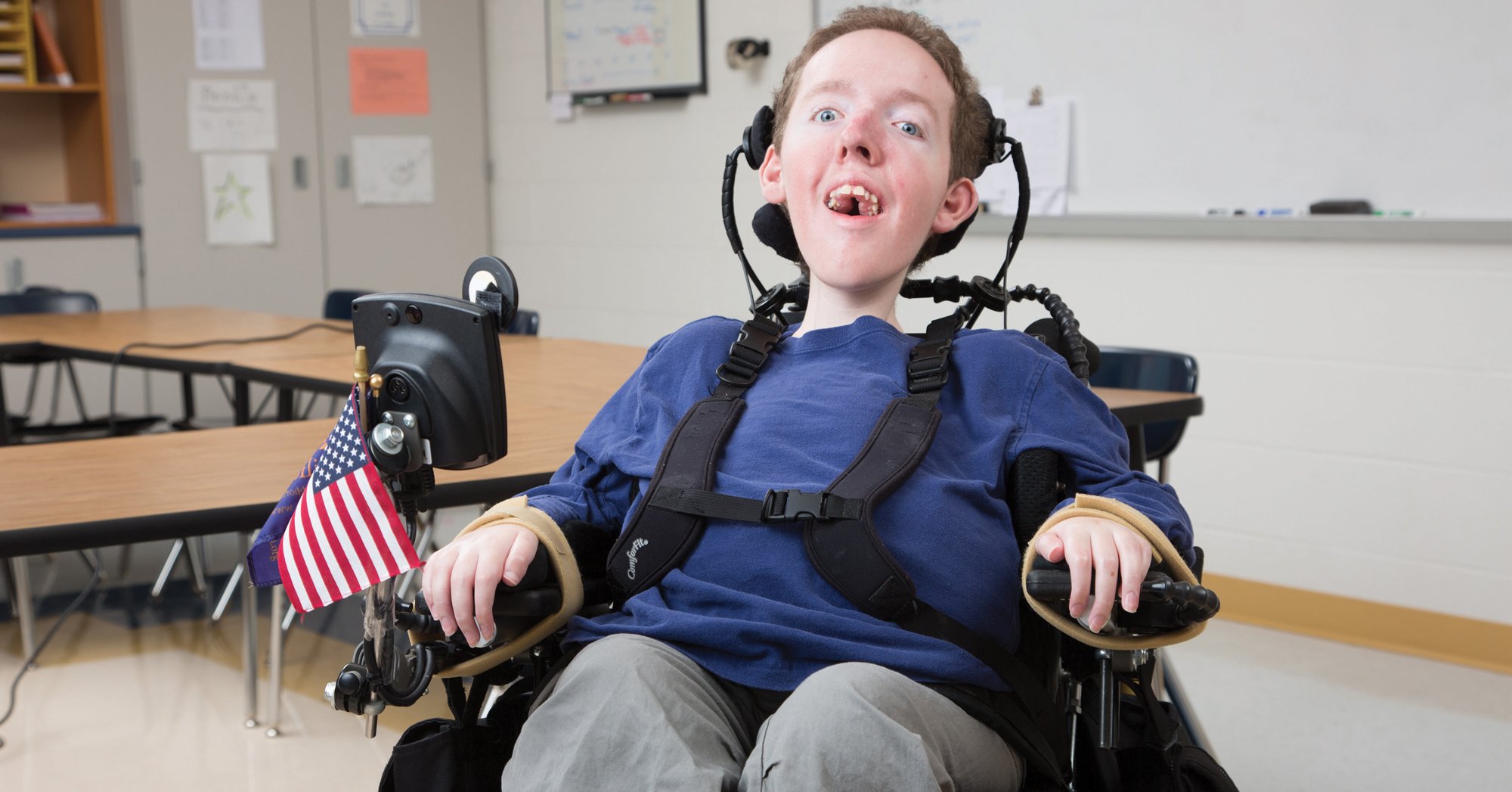
Kugelberg–Welander Disease, also known as Spinal Muscular Atrophy Type 3 (SMA Type 3), is a genetic disorder that affects the motor neurons in the spinal cord. These neurons are responsible for muscle movement. When they deteriorate, muscles weaken and waste away. This condition typically appears in childhood or adolescence, leading to difficulties with walking and other motor skills. Unlike more severe forms of SMA, Kugelberg–Welander Disease usually allows for a longer life expectancy. However, it still presents significant challenges. Understanding this disease is crucial for those affected and their families. Here are 25 facts to help you grasp the essentials of Kugelberg–Welander Disease.
Key Takeaways:
- Kugelberg–Welander Disease, also known as SMA Type 3, causes muscle weakness and mobility issues. While there's no cure, treatments like physical therapy and respiratory support can improve quality of life.
- Research for Kugelberg–Welander Disease is ongoing, with focus on gene therapy and stem cell research. Clinical trials aim to improve treatments and find a cure for this rare genetic disorder.
What is Kugelberg–Welander Disease?
Kugelberg–Welander disease, also known as Spinal Muscular Atrophy (SMA) Type 3, is a genetic disorder that affects the motor neurons in the spinal cord. This condition leads to muscle weakness and atrophy, primarily impacting the legs and hips. Here are some intriguing facts about this rare disease.
-
Genetic Basis: This disease is caused by mutations in the SMN1 gene. The gene is responsible for producing a protein essential for motor neuron survival.
-
Inheritance Pattern: Kugelberg–Welander disease follows an autosomal recessive inheritance pattern. Both parents must carry the defective gene for a child to be affected.
-
Age of Onset: Symptoms typically appear between 18 months and early adulthood. The age of onset can vary widely among individuals.
-
Muscle Weakness: The primary symptom is progressive muscle weakness, especially in the proximal muscles, which are closer to the body's center.
-
Mobility Issues: Many individuals experience difficulty with walking and climbing stairs. Some may eventually require a wheelchair.
-
Normal Life Expectancy: Unlike other forms of SMA, Kugelberg–Welander disease often does not significantly shorten life expectancy.
Symptoms and Diagnosis
Understanding the symptoms and how the disease is diagnosed can help in early detection and management.
-
Muscle Atrophy: Over time, affected muscles may shrink due to lack of use and nerve stimulation.
-
Tremors: Some individuals may experience tremors in their hands when trying to perform fine motor tasks.
-
Scoliosis: A common complication is scoliosis, or curvature of the spine, due to weakened back muscles.
-
Electromyography (EMG): This diagnostic test measures electrical activity in muscles and can help confirm the diagnosis.
-
Genetic Testing: A definitive diagnosis often involves genetic testing to identify mutations in the SMN1 gene.
-
Muscle Biopsy: In some cases, a muscle biopsy may be performed to examine muscle tissue under a microscope.
Treatment and Management
While there is no cure, various treatments can help manage symptoms and improve quality of life.
-
Physical Therapy: Regular physical therapy can help maintain muscle strength and flexibility.
-
Orthopedic Devices: Braces and other orthopedic devices can assist with mobility and posture.
-
Medications: Some medications, like nusinersen, have shown promise in slowing disease progression.
-
Respiratory Support: In severe cases, respiratory support may be needed to assist with breathing.
-
Nutritional Support: Proper nutrition is crucial, as muscle weakness can make eating difficult.
Living with Kugelberg–Welander Disease
Daily life with this condition involves various adaptations and support systems.
-
Assistive Technology: Devices like voice-activated software and adapted keyboards can aid in communication and daily tasks.
-
Emotional Support: Counseling and support groups can provide emotional support for individuals and their families.
-
Educational Accommodations: Schools may offer special accommodations to help affected children succeed academically.
-
Home Modifications: Ramps, grab bars, and other home modifications can make living spaces more accessible.
-
Community Resources: Many communities offer resources and programs to support individuals with disabilities.
Research and Future Directions
Ongoing research aims to find better treatments and, ultimately, a cure.
-
Gene Therapy: Researchers are exploring gene therapy as a potential treatment to correct the underlying genetic defect.
-
Stem Cell Research: Stem cell research holds promise for regenerating damaged motor neurons.
-
Clinical Trials: Numerous clinical trials are underway to test new treatments and improve existing ones.
Final Thoughts on Kugelberg-Welander Disease
Kugelberg-Welander Disease, or Spinal Muscular Atrophy Type 3, affects muscle strength and motor function. It's a genetic disorder that typically shows up in childhood or adolescence. Early diagnosis and intervention can help manage symptoms and improve quality of life. Treatments like physical therapy, medications, and sometimes surgery play crucial roles in patient care.
Understanding the genetic basis of this disease has led to advancements in treatment options, offering hope to those affected. While there's no cure yet, ongoing research continues to make strides. Awareness and support for families dealing with this condition are essential.
By staying informed and advocating for more research, we can contribute to better outcomes for individuals with Kugelberg-Welander Disease. Knowledge is power, and sharing it can make a difference.
Frequently Asked Questions
Was this page helpful?
Our commitment to delivering trustworthy and engaging content is at the heart of what we do. Each fact on our site is contributed by real users like you, bringing a wealth of diverse insights and information. To ensure the highest standards of accuracy and reliability, our dedicated editors meticulously review each submission. This process guarantees that the facts we share are not only fascinating but also credible. Trust in our commitment to quality and authenticity as you explore and learn with us.
